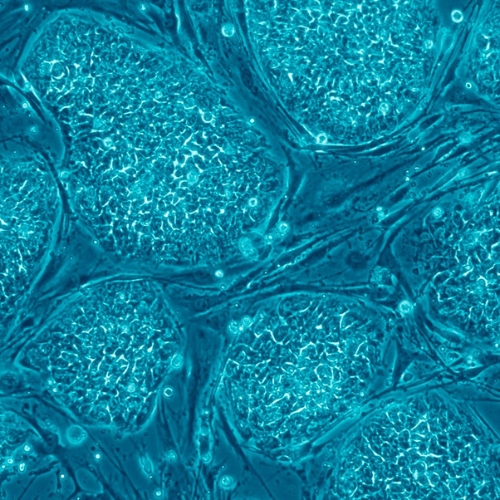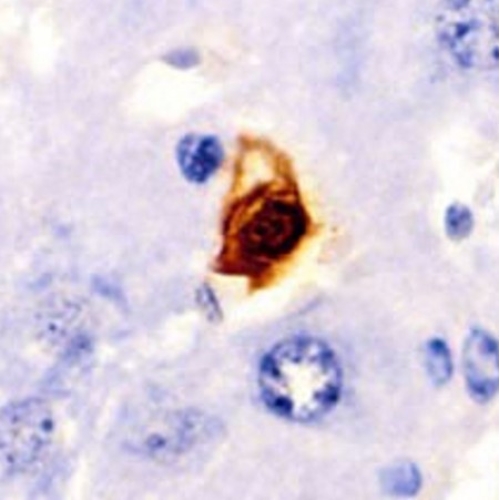A preprint version of the study published in bioRxiv journal has found that simultaneously rejuvenating stem cells and removing senescent cells was more effective than targeting each ageing mechanism alone (1).
Combination therapy is often more successful than the mono-therapy approach, as they target multiple interventions in an additive or synergistic manner. A huge number of multidrug-therapies are already available for patients with cancer, cardiovascular disorders, neurological diseases, infectious diseases etc. Addressing ageing as a life-long disease, it is important to know the underlying mechanisms for developing combination therapies.
In the human body, normal physiology is maintained through complex and continuous tissue homeostasis. Stem cells play a key role in tissue homeostasis by providing a reservoir of pluripotent precursor cells, which replace lost or damaged cells (2). At the other end of the cell-fate spectrum are senescent cells, or dormant cells that exit from the cell cycle (3). Senescence promotes inflammation and age-dependent dysfunction, ultimately leading to age-related diseases (4).
Based on this approach, the current study group hypothesised that inducing pluripotency via Yamanaka factors (Oct4, Klf4, Sox2, c-Myc; OKSM) and clearing senescent cells via a senolytic peptide (Sen) could restore homeostasis and reverse ageing. Research was led by Nicholas S. Tolwinski, who currently holds the position of Associate Professor at Yale-NUS College.
To test this intervention, researchers used adult flies - Drosophila - and compared the effect of OKSM, Sen, and OKSM-Sen. Wild type flies were included as the control group. Flies were kept at standard temperature (25⁰C).
Phenotypic effects on gut stem cells
A previous study showed that age-dependent loss of stem cells and degradation of cells in the digestive system of flies resulted in functional deterioration and death. In the current experiment, researchers investigated whether the independent or combination effect of OKSM and Sen could increase the intestinal stem cells (ISCs) count in Drosophila.
Starting from day 7 to day 28, all three experimental therapies increased ISC counts considerably compared to wild-type (WT) flies.
Effect on lifespan extension
Researchers conducted a detailed analysis evaluating the transcriptional profiles in the midguts of flies and WT flies. Findings showed that two different pathways, rather than a shared pathway, were involved in extending the mean and maximum lifespan.
Initially, flies were genetically engineered to control the expression of OKSM, Sen, or both. Using OKSM alone resulted in mean lifespan extension in male and female flies, with maximum lifespan increase noticed in female flies. This approach was misleading, as it eliminates the control of accurate dosing expression. Flies continuously exposed to the three experimental therapies died rapidly, as they were kept at the standard high temperature of 25⁰C.
To overcome this problem, researchers used the approach of cycling expression by changing the temperature from 18-25⁰C for either 12 or 24 hours. Dosing of OKSM for 24 hours twice a week showed slight lifespan benefits, but exposure for 12 hours twice a week showed significant lifespan extension. Similarly, periodic expression of Sen increased mean lifespan and reduced early mortality in flies. While the combined OKSM-Sen therapy increased both mean and maximum lifespan.
Individual OKSM and Sen treatments improved early mortality but also accelerated the ageing rate. Surprisingly, the combined OKSM-Sen therapy reduced age acceleration and decreased mortality rate by 330 times (at 12 hours) compared to WT flies.
This finding suggests that synergistic interaction between OKSM and Sen eliminates their individual negative effects on age acceleration, and provides much more life extension benefits.
Conclusion
In this study, cellular reprogramming and elimination of senescent cells protected the intestinal stem cell pool, reduced inflammation, activated pro-stem cell signalling pathways, and synergistically improved lifespan. Overall, researchers established the synergistic benefits on lifespan by targeting multiple ageing interventions. This study on flies was dependent on temperature changes, so further research is needed in shorter-lived Drosophila and hopefully humans.
References
- Kaur P et al; “Combining Stem Cell Rejuvenation and Senescence Targeting to Synergistically Extend Lifespan.” bioRxiv; 4/22/2022; DOI: 10.1101/2022.04.21.488994
- Kaur P et al; “Modeling the role of wnt signaling in human and drosophila stem cells.” Genes; V.9; No.2; 2/2018; p101
- Hayflick L et al; “The serial cultivation of human diploid cell strains.” Experimental cell research; V.25; 12/1961; p585-621; DOI: 10.1016/0014-4827(61)90192-6
- Krishnamurthy J et al; “Ink4a/Arf expression is a biomarker of aging.” The Journal of clinical investigation; V.114; No.9; 11/2004; p1299-307; DOI: 10.1172/JCI22475






